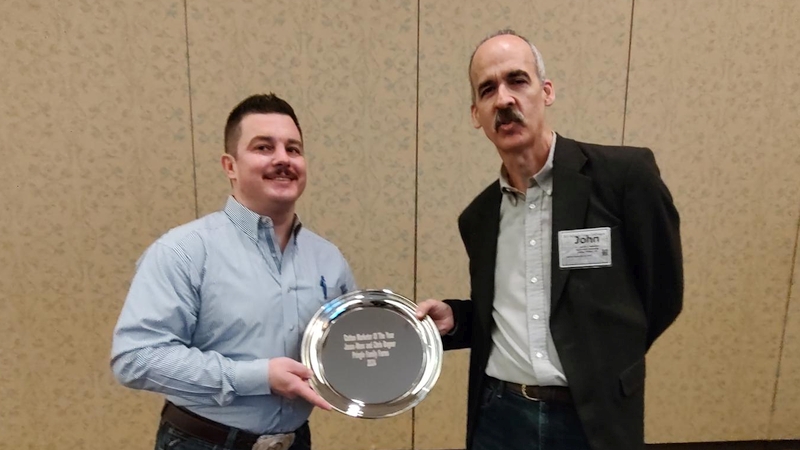Preplant Strategies: Get Clean, Start Clean, Stay Clean
For the fifth year, the Consultant Conference was the kickoff to the Beltwide Cotton Conferences, held this year in Orlando, FL, in January.
“The Consultant Conference started off as a group of Extension specialists who really saw the need to reach out to the consultants out there,” says Bill Robertson of the National Cotton Council. “The objective was to provide presentations that were a little more technical in nature than the ones normally delivered in standard production meetings.
It’s continued to grow over the past few years, but this year, it may be a little down.”
Still the number one topic: Glyphosate-resistant Palmer Amaranth
Arkansas weed scientist Dr. Ken Smith led off his presentation by saying: “I have the feeling I’m going to get some feedback on this.”
“But over-the-top, post-emergence herbicides are no longer our base in cotton weed management,” he explained. “If we rely on these herbicides over-the-top, those are not our base herbicide programs. But they are excellent tools to help us manage escapes.”
Smith said it would take a change in not only our minds, but also our culture. “Sometimes not all of us like changes,” he continued. “Other times we will have to make changes, even if it bruises us in another place. I think that’s what we’re doing – getting bruised in a different place – but we must go into the season (weed free). We have to have a purpose, and we have to know what we’re doing and not wait before we make a decision. Those days are gone.”
What it will require is even a change in vernacular in taking on Palmer amaranth: “Weed control” now is “Weed science.”
Other factors in successful weed science are:
• Herbicide resistance is the new norm.
• Herbicide resistance must be recognized as a major threat to agriculture.
• New technology will help with some new tools, but it will not solve our weed problems alone.
“This is not rocket science, but it is very important that we remember the concepts,” Smith said. “Get clean, start clean, stay clean by managing escapes.”
“I promise you, you cannot see this from the pickup,” he continued. “The soil bank must be stable or decreasing in order to be sustainable. You’re going to have to be off the turn roads and looking. You must assume you have resistant Palmer amaranth even if you can’t see it, and you have to manage it.”
Just as important is to overlap residual herbicides to help prevent escapes. But residuals do have their shortcomings and it’s fairly simple: You need a rain to activate them.
“We went back and looked at our weather patterns,” said Smith. “And we know that within the cotton-planting window, we have about an 80% chance of getting a rain within seven days. And most of our residual herbicides will lay out there for two weeks. So, we’ve got some room here.”








